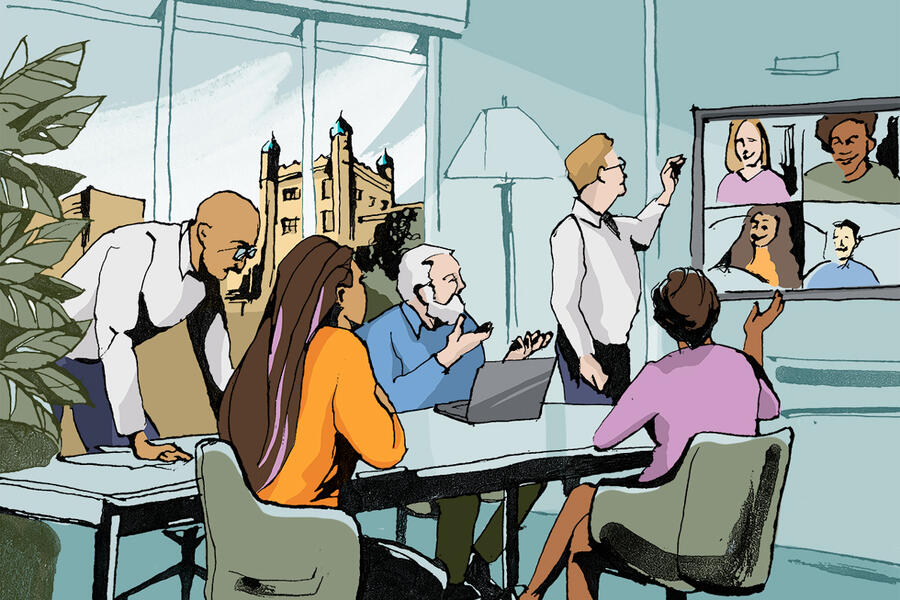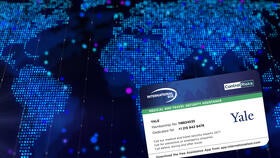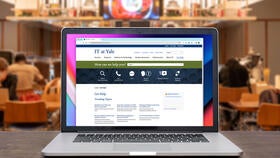
Meetings can be an invaluable tool — for information sharing, decision-making, and team bonding, especially in a post-COVID-19 hybrid work environment. But poorly run meetings can be a drag, wasting time, energy, and resources.
How do you tap into the potential of meetings while avoiding the pitfalls? Emily Roback, senior program director for Yale Conferences and Events (YC&E) and department lead for the Maurice R. Greenberg Conference Center, and the rest of the YC&E team manage more than 20 meetings and events in a typical month. They rely on a few tried-and-true techniques to make every meeting — whether of a dozen people in a conference room or hundreds in an auditorium — effective, organized, and energizing.
First ask: is that meeting necessary?
Often, scheduling a meeting is reflexive. But before you send that calendar invite, consider your goals: do you need to share information in a format that allows for discussion? Do you need to demonstrate a new tool or technology? Do you need to collaborate, brainstorm, or review? If not, you may be able to avoid an unnecessary meeting — and allow everyone more time to complete tasks or stay ahead of deadlines.
“There can be value in bringing people together, so they can think about ideas or problems in a different way and in a different environment,” says Emily. “But you need to have a clear purpose and the resources and information to facilitate discussion.”
When you need a meeting, plan and structure it
Emily advises organizers to take the following steps to prepare for a meeting — whether in-person, hybrid, or entirely virtual — and ensure they make the most of it.
- Define the purpose and duration: Before scheduling a meeting, decide and define what you hope to get out of it; based on that purpose, determine how long you really need to meet. Err on the side of brevity.
- Provide an agenda: Setting a detailed agenda provides step-by-step structure, keeps everyone on track, and fosters greater participation.
- Encourage preparation: Ask everyone — including meeting leaders, presenters, and attendees — to come prepared with discussion points or questions.
- Create a comfortable environment: If the meeting is in person, make sure the room isn’t too warm or too cool. For longer meetings, build in break times to give attendees a chance to recharge.
- Keep focused on your objective: Remember the original purpose of the meeting and refocus the conversation when it goes astray.
- Let one person lead but stay open to others’ voices: Attendees will feel more engaged when they feel they have a voice and can make an impact. But to stay on track, the meeting leader or a designated facilitator should guide the meeting’s progress.
“When carefully planned, staff will view meetings as a valuable use of their time,” says Emily.
And that has its own beneficial effect, she adds: “With an engaged team, your meetings will become more successful and productive.”
Find more meeting tools and resources
Poll Everywhere helps you turn virtual trainings, workshops, and meetings into interactive presentations by soliciting live responses from participants.
The Yale Diversity, Equity, and Inclusion checklist helps event planners create inclusive gatherings.
The Community of Learners for Event Professionals (COL) group at Yale, hosted by Yale Conferences & Events, brings together event planners across the university to share ideas, knowledge, and resources.
Want a healthier meeting? These guidelines provide easy tips for nutritious food and beverage options and activity breaks.
Make it greener, too, with sustainable practices for group meetings or large events.






